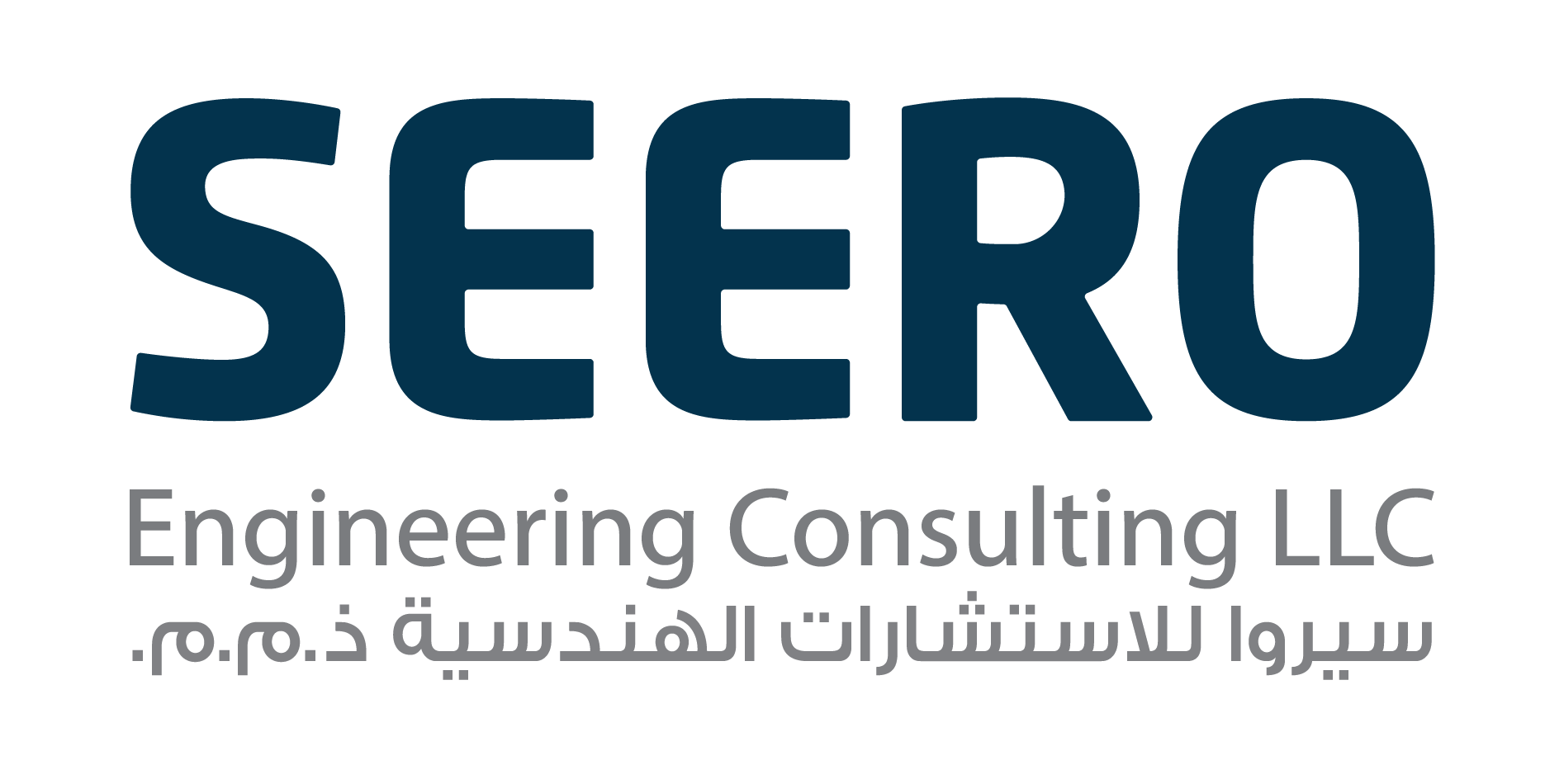As a consultancy, SEERO has been using InfoWorks ICM for flood risk assessment for many years. They started their company a decade ago and have been steadily expanding as they win bigger and bigger contracts.
“SEERO’s extensive experience with InfoWorks ICM has increased the type and volume of our business and assisted us to pioneer in this market.”– SEERO General Manager Mohammed Sadeq, PhD.
Their global ambitions have been made possible by successes locally. “We are a local consultancy, but we also now have branches in Canada and the USA,” says Civil Engineer Yahia Alabbasi. SEERO works on both megaprojects and minor projects, often in consultation with Ashghal, the government body responsible for the design, construction, delivery, and maintenance of all expressways and major roads in Qatar.
As they’ve grown, so has their use of our software, becoming an indispensable tool for their engineers to accurately model flood risk for clients. “SEERO’s extensive experience with InfoWorks ICM has increased the type and volume of our business and assisted us to pioneer in this market.” says SEERO General Manager Mohammed Sadeq, PhD.
Sharing their Innovyze experience on LinkedIn
A few months back, we read Yahia’s excellent post on LinkedIn, Flood Risk Assessment for Sub-Networks in Large Networks Using InfoWorks ICM, which digs into the idea of hydraulically splitting a network to save time on simulation output.

SEERO was helping a private company build a new road, and the project was extremely complex. His full model contained almost 34,000 nodes and 53,000 pipes, which made the computation times a significant factor in bringing the project comfortably to fruition.
To solve this short-term need, Yahia wondered if it would it be possible to hydraulically split the network and run his model calculations on just one small part of his model. Of course, splitting up the model meant cutting off manholes that connect to the rest of the system, so he needed to be sure the flow of water through those points of connection would be accounted for to maintain the accuracy of his sub-model. How could he ensure that the results would be accurate? He turned to the concept of level files.

“I discussed the issue with the support team, who are always responsive, getting back to us within one day,” says Yahia. With a bit of their advice, he began by defining the upstream and downstream nodes as an outfall type in InfoWorks. Then, he simply added his downstream and upstream outfall nodes to a selection list and saved the selection. After omitting any networks that were out of scope, he outputted the level file as a CSV.
“After splitting the model, it’s essential to verify the split model,” continues Alabbasi. “This can be done by comparing the results – for example the flood depth for nodes – of network Y with network X for certain rainfall events.” If the results don’t match when using this level-file approach, he advises engineers to reconsider their definition of upstream and downstream conditions and double check the export and import process for their level files.
Significant time savings – and government approval
Alabbasi ran the computations again just to see how much effort he had saved. By parceling out just 770 of the 34,000 nodes, and calculating 1,500 pipes instead of 53,000, he was able to save significant processing time while still getting accurate results. How accurate? His cut-down network model showed only a 2mm difference in flood depth, allowing him to confidently make quick suggestions to the client to change a few simple parameters of their work.

The client was happy with the results, signing off immediately. “It is an honor if you have approval from Ashghal the first time,” he says. “We got approval without any comment.”
This level-file approach can also be used when working with other contractors in a pinch. “If the municipality has a full model, this is a great way to work with them without having to request the entire model or travel to the site to measure every detail,” says Alabbasi, “saving countless hours of both computation time and field work.”
Ready for the next decade
That LinkedIn post led us to Yahia, which led us to learn more about how their business works and how Innovyze software fits in, which led us to some excellent conversation and ultimately this case study, which focuses on their many plans for growth, which is as ambitious as Qatar Vision 2030‘s goals for the future.
“It is an honor if you have approval from Ashghal the first time. We got approval without any comment.”
SEERO Civil Engineer Yahia Alabbasi



